Spinning Camelid Fibres: Alpaca, Llama, Vicuña, Camel, & More!
For centuries, the luxurious fibres from camelids have been treasured for their remarkable softness, insulating properties and distinctive sheen. Camelid fibres include alpaca, llama, vicuña, guanaco and camels, including Bactrian and Dromedary. Consider this Craft Guide an introduction to spinning these unique fibres. Unlike traditional wool, these fibres are naturally lightweight, hypoallergenic, and remarkably warm, making them a favourite among those seeking both comfort and elegance in their textiles. Each type of camelid fibre offers its own set of characteristics: alpaca’s silky softness, llama’s durability, and vicuña’s unparalleled rarity and fineness. By understanding their unique properties, such as the lack of lanolin in all camelid fibre, and approaching the spinning wheel with confidence, you’ll find working with camelid fibres not just a craft – it’s an immersive experience that bridges ancient traditions with contemporary handspinning.
Being with llamas and alpacas is truly the closest you can come to knowing a unicorn and still stay in this world. -Newland, 2020
Understanding Camelids: Overview
Camelids are part of a specific group of fibre-producing animals that belong to the same family of Camelidae. They have double-padded feet with toenails, walk with the same gait (both legs on the same side move together), and are strictly herbivorous with three-chamber stomachs (Newland, 2020). There are three genus groups of the Camelidae family, including the Camelus, Lama and Vicugna. Within each genus are several species. Within the Camelus genus are the Bactrian (double-hump), wild Bactrian and Dromedary (single-hump) camels. Within the Lama genus, we find the guanaco (pronounced: gwaa-na-kow) and the domestic form of the guanaco, the Llama. Finally, within the Vicugna genus, we see the Vicuña (pronounced: vi-koo-nah) and the domestic form, the Alpaca. This also includes the long-haired, woolly version, the Suri alpaca (Newland).
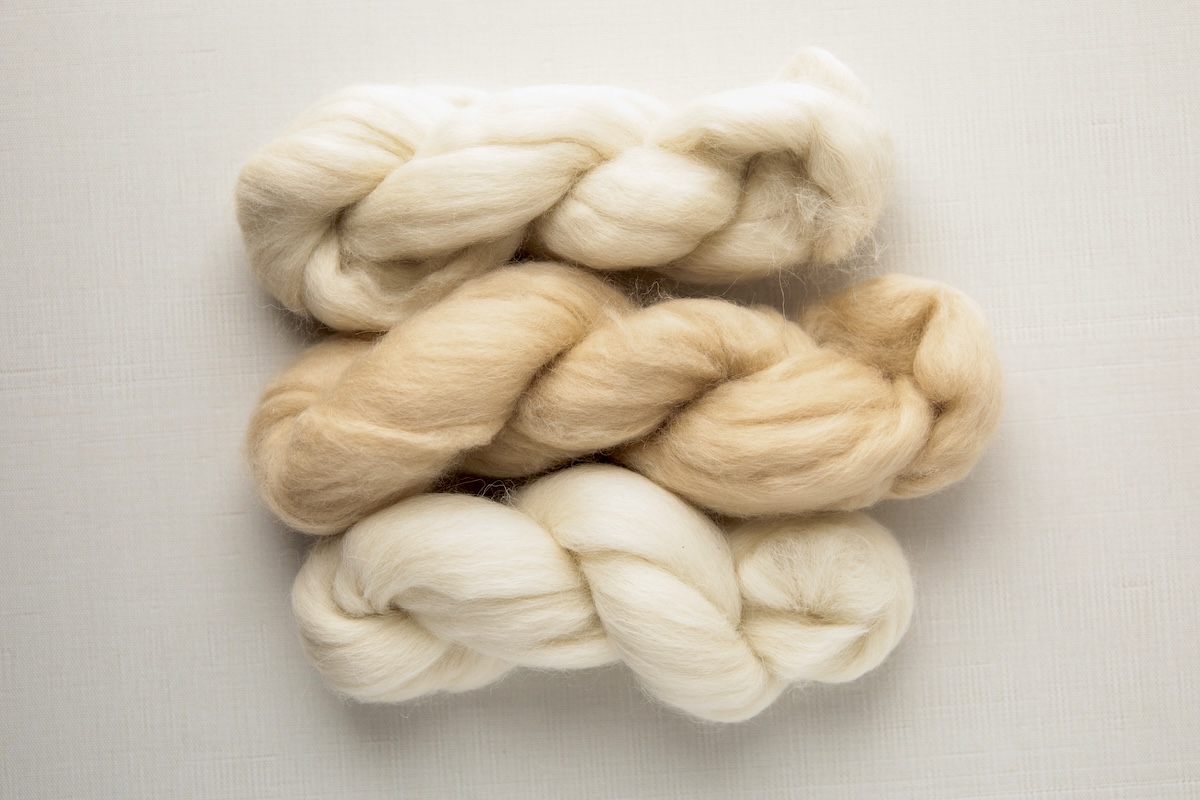
All four of these camelids, the llama, guanaco, alpaca, and vicuña, are native to South America, namely Peru, Bolivia and Chile. In contrast, camels are native to Central and Inner Asia, South Asia, northern Africa and the Middle East. The wild Bactrian camels reside in China and Mongolia. Camelids are separate species from one another, unlike breeds of sheep or dogs, and they can crossbreed, being closely related. They are domesticated and separate from different wild relatives, namely the vicuña for alpacas and guanaco for llamas.
The common camelid fibres available on the market for handspinners include alpaca, llama and camel. Often, alpaca is blended with wools which creates many opportunities to try these fibres without committing to an entire alpaca or llama fleece. Let’s break down each of these fibres, discuss the properties you will encounter to optimize the spinning experience and some tips to get you started.
Alpaca: Smooth & Warm
Renowned for its unparalleled softness and warmth, alpaca fibre stands out as a luxurious choice for handspinners seeking to create exquisitely smooth and durable yarn. Of all the camelid fibres available on the market, alpaca fibre is the most common and readily available. If working from fleece is preferred, alpaca fleeces are generally quite easy to obtain. Alpacas are smaller than llamas and are broken into two breeds: the Suri alpaca and the Huacaya (pronounced: waa-kai-yah) alpaca. Huacaya alpaca fibre is the most common, and in North America, we mostly just refer to this common fibre as ‘alpaca’. When we think about spinning alpaca fibre, we think of it being like a sheep’s wool spinning experience, with its characteristic ‘fluffy’ appearance. In contrast, Suri alpacas make up less than 10% of the South American population, feel closer to silk, and hang off the body of the animal in a dreadlock appearance.
Huacaya fibres can be milled both worsted and woollen, whereas Suri is milled worsted. If you have seen Cria alpaca fibre at festivals and online, this is baby alpaca, llama or vicuña fibre (Robson & Ekarius, 2011). It can be very difficult to handle – incredibly fine and fly away. I’ve seen some spinners have success spinning cria right off wool combs.
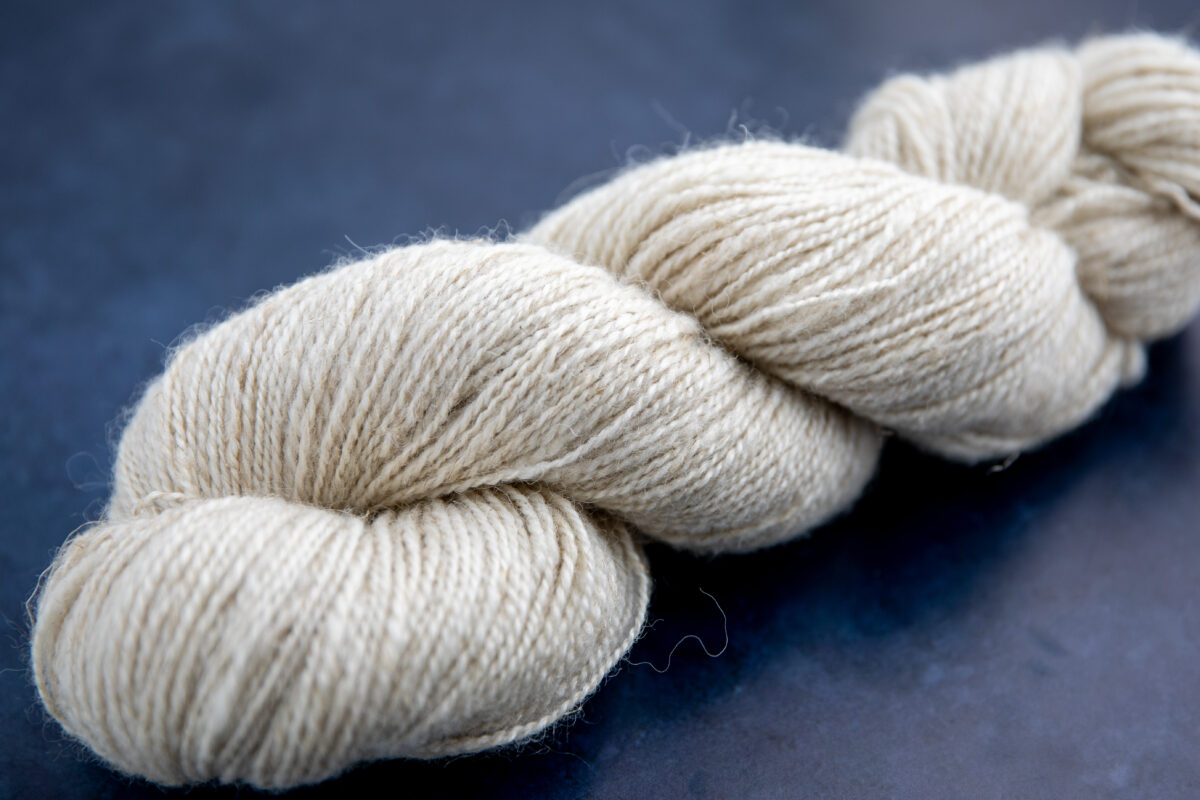
Alpaca fibre is similar to wool but warmer, finer and not toothy or coarse, and lacks lanolin. It is often referred to as hypoallergenic for this reason and becomes the primary alternative fibre for handspinners with wool allergies or sensitivities. Huacaya has a natural crimp to the fibres and creates a lovely, durable yarn with a small amount of elasticity, albeit not anywhere near as elastic as the fine to medium wools, but it is amazing for knitting when the gauge is just right (Robson & Ekarius). In contrast, you will see spinners spinning Suri alpaca incredibly fine for weaving.
For the rest of this exploration, we discuss the most common alpaca fibre on the market, namely Huacaya, and I will refer to it as alpaca.
Alpaca is available in 22 different natural shades and ranges in micron count between 20 – 26 (Robson & Ekarius). When knitters discuss alpaca, they often reference the drape. Alpaca yarns can stretch and bag out – I remember years ago a discussion on a knitting podcast when the inexperienced knitter had finished her sweater out of Berroco Ultra Alpaca, a commercial alpaca-wool yarn, washed her new sweater, hung it on a clothes hanger and left it to dry, coming back the next day to a bagged out, twice-long sweater. It was a good learning experience to see the way that alpaca fibre can drape in the extreme! Be sure to knit at the correct gauge or weave at the right set for your yarns to ensure the garment or item has the ‘type of movement that you want’ (Robson & Ekarius, p. 374).
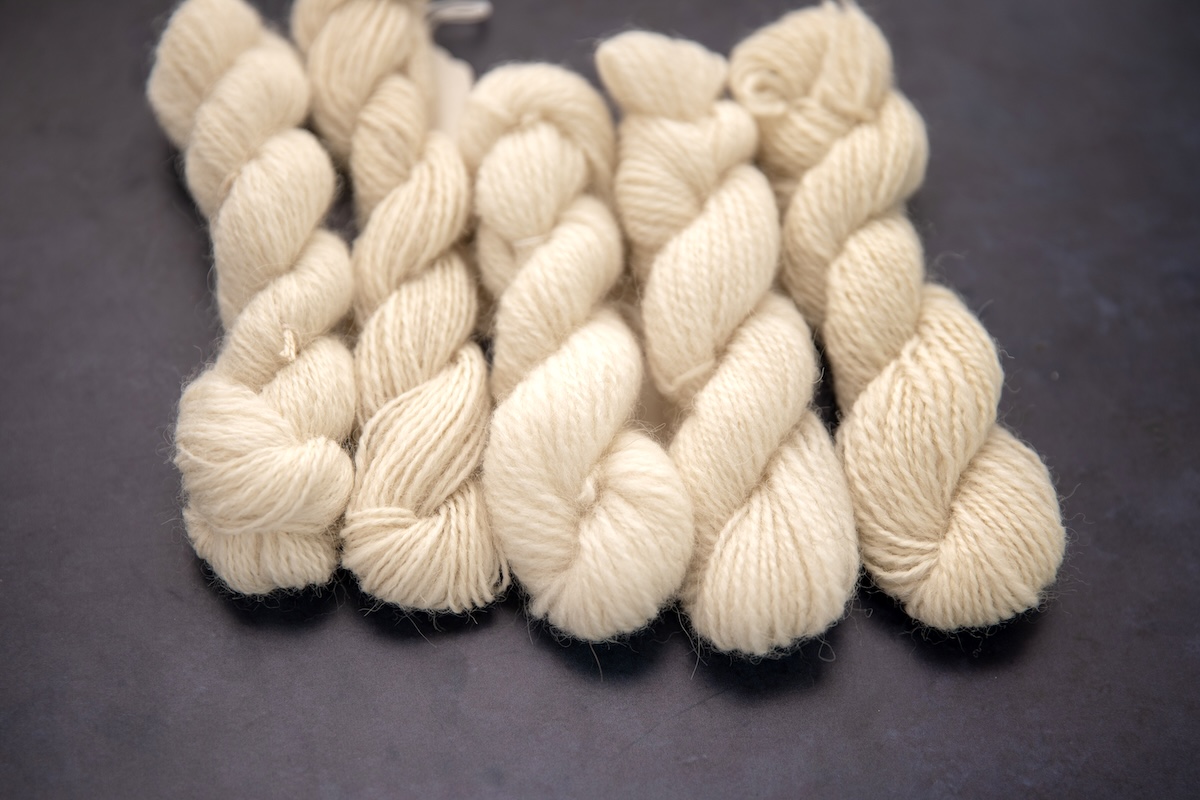
Alpaca is often added to wool, and it is a great way to begin working with these fibres without committing to an entire spin of 100% alpaca. Think about trying an alpaca-wool blend and knitting some sample swatches with the yarn. Calculate your gauge to explore the impact of this fibre in your yarns – they will be slightly denser because alpaca fibre is heavier – and begin thinking about how you might construct a sweater or woven garment to enhance the amazing characteristics of these fibres! Think about warmth, drape, natural shades and amazing durability.
Vicuña: Luxury
Vicuñas are fascinating animals known for their fine wool and graceful appearance. Hunted almost to extinction, they have made a good recovery due to conservation efforts. They are currently listed as ‘Least Concern’ by the International Union for Conservation of Nature; however, I personally have never seen vicuña fibre for sale and haven’t had the pleasure of spinning it.
Like alpacas, llamas and guanacos, vicuñas are native to the high Andean plains, particularly in Peru, Bolivia, Argentina, Chile and Ecuador. They live at elevations between 3200 – 4800 metres (10500 to 15700 feet), living wild rather than domesticated like alpacas and llamas, who were domesticated thousands of years ago. They live in small family groups with a dominant male, several females and offspring. Because vicuñas can be shorn, they are often captured and then released back into the wild as part of a practice known as ‘chaccu’, done under strict regulations so the animals are not harmed. They are sheared every 2 to 3 years.
In terms of their wool, it is a rare luxury and one of the softest natural fibres on the planet, with a micron count averaging 12 – that’s incredibly fine. It is finer than cashmere and much finer than sheep’s wool, even the finest Cormo or Merino. It is often used for high-end textiles. Vicuñas are known for their golden-brown colouring and are often left undyed to preserve their natural beauty. Vicuña wool is extremely rare and expensive – I was able to find some listed for $20 per gram. Listed in small quantities, this fibre is often reserved for very special projects. Due to the fineness of the fibres, treat the preparation of these fibres with extreme care and gentleness! These fibres can be blended with silk or cashmere to help ease working with the fine vicuña wool – this also helps stretch the vicuñas a bit further.
The staple length is between 2.5 to 4 cm (1 to 1.5 in) and is often spun from the cloud. Spinning from the cloud helps to manage the twist, allowing it to enter the fibre supply as the hand cradling the fibre (fibre supply hand) moves backwards to draft out the fibres. Adding just enough twist to hold the fibre together in a continuous thread, one can then draw out the fibres further to create a consistent singles yarn. More twist is added to create a structurally sound yarn and wound onto the bobbin. Keep your touch light and consider spinning off a supported spindle to control the delicate fibres.
The fabric that is created will be exquisite. Vicuña wool is extremely warm and soft. Think about luxury garments, such as shawls and scarves that will drape beautifully and show off this amazing fibre!
Llama: Versatile & Valuable
Llamas are the stuff of legends and myths – they are regal and, although domesticated, much more aloof than their smaller alpaca counterparts. Llamas are often used as guard animals for livestock as they can be quite territorial and fierce. The Aymara (pronounced: ai-maa-ruh) peoples, the indigenous peoples of the Andes and Altiplano regions of South America, share in their mythology that llamas are ‘important beings. The Heavenly Llama is said to drink water from the ocean and urinate it as rain’. Further, according to their theology of history and destiny, they believe that llamas will return to the water springs and lagoons where they came from at the end of time. These stories and myths help us understand how truly vital and important these animals were to their daily lives.
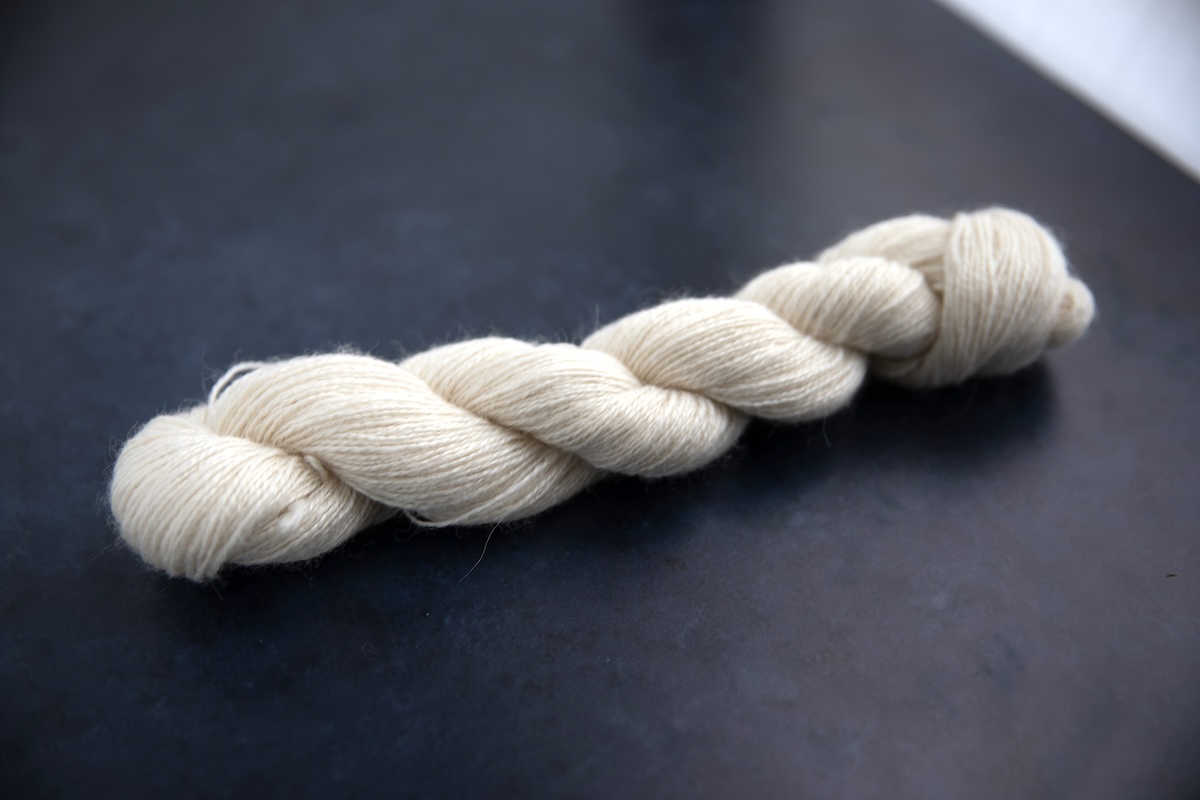
Llamas are the largest mammals in South America (McCuin, 2009). They have been used for over 6000 years for meat, hides and wool. Judith goes on to explain that the llamas we recognize today as the animals that they are were developed ‘during the time of the Incas’ (McCuin, p. 35). Llama has previously been spelled with only one L and as glama as well. They are curious animals and quite friendly, although a friend who uses a llama as a guard animal told me that while domesticated, they can remain quite feral (Sampson, 2017). Imported intentionally into the United States in the 70s, they were used as backpack animals, and they steadily increased in popularity throughout North America (McCuin). As guard animals, they help sheep producers and protect their alpaca cousins. One llama is sufficient for guarding and helps reduce losses from predators like coyotes and wolves, depending on the farm’s location, and requires no training and little care (Sampson).
As Robson & Ekarius (2011) state, llamas offer a smorgasbord of opportunities for spinning. This reinforces for me that the more we spin alternative fibres, delve into textured yarns and play with twist direction, angles and more, that we become more accomplished spinners without realizing it!
Traditionally, llamas have been double-coated, but with new breeding programs that increasingly select for fibre, their fleeces have changed (McCuin, 2009). Their amazing fibres and fleeces can be as dense and wavy (or crimpy) as alpaca! Another interesting development in the breeding programs for llamas is the emergence of a Suri llama, which mimics many of the characteristics of the Suri alpaca.
In general, llama fibres are still mostly shorn naturally and can be harvested through brushing. Increasingly, like alpacas, they are being shorn, but the result of the natural shedding is the downy undercoat (Robson & Ekarius).
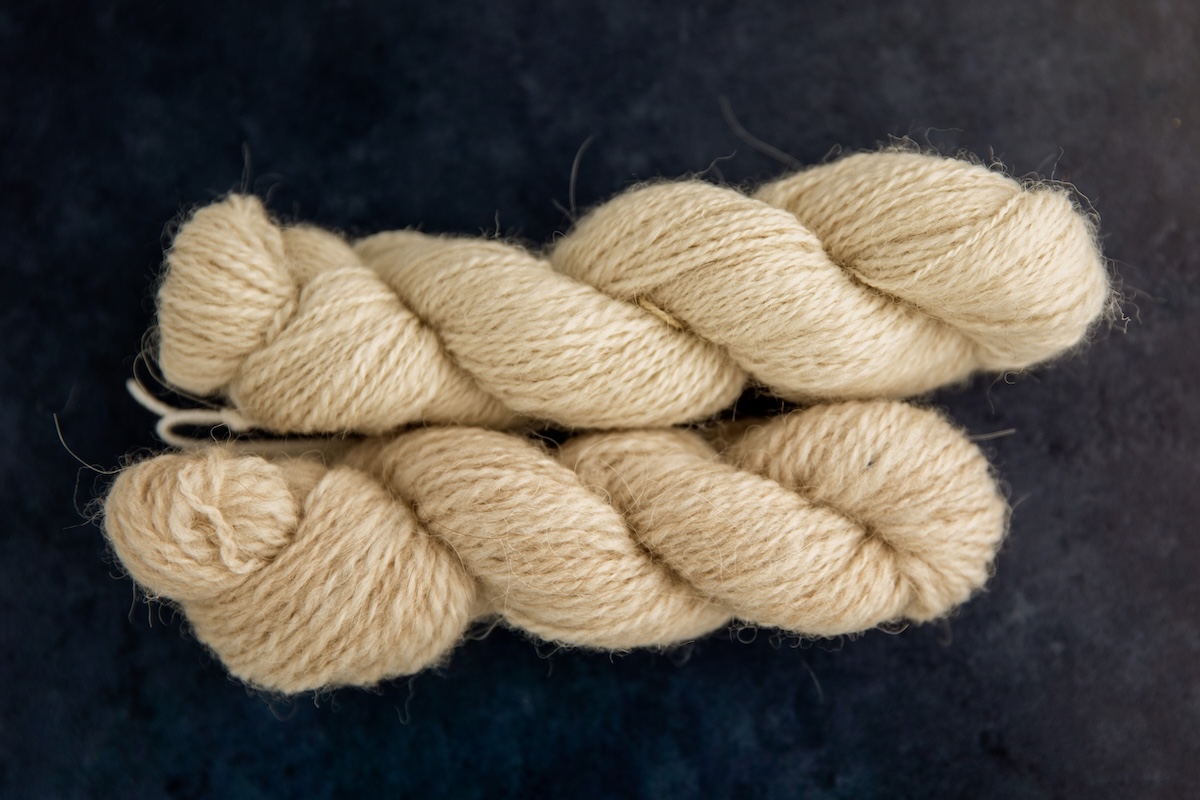
Because llamas can be single- or double-coated, they can be misleading. Their fibres can vary quite a lot throughout a fleece, and woolly-type fleece will felt (Robson et al.). In general, llama fleeces are between 2.5 – 5 pounds (1 – 2.5 kg) from a woolly llama (Robson et al.). Their staple is between 3 – 8 inches (7.5 – 20.5 cm) long. The softness of llama fibre ranges from 20 to 30 microns. Combing may produce a lot of waste when there is a great variety of fibres, so think about flicking the locks and spinning from the organized lock instead of further prepping the fibres (Robson et al.). For fine llama fibres, think about using cotton carders!
Llama fibre has a good crimp, which helps the fibres draft easily. One can spin thick or thin yarns, with various amounts of twist, either worsted or woollen. Like alpacas, llamas are very versatile! Blending llama with other fibres, such as sheep’s wool, alpaca or silk, will create yarns with different textures and characteristics. It will also soften coarse llama fibres if needed. Think about knitting or weaving garments like sweaters, scarves and mittens that will be warm and durable. The outer guard hair can be woven into rugs and spun into rope.
Camel: Downy Luxury
Back in ancient times, camels were imported from Mongolia and spread through China, Iraq, Afghanistan, and beyond. As camel transports were the main mode of moving goods and people, a ‘trailer’ would follow behind and collect the fibre as it was shed. Interestingly, the fibres around the hump are left for disease protection (Knotty Lady Yarns, n.d.). According to Knotty Lady Yarns, it is not uncommon practice nowadays for camels to be sheared; however, combing is preferred as it yields cleaner, longer stapled fibres. The outer coat is coarse, which protects the camel from elements. While too coarse for fine textiles, it can be used for rope, rugs and other heavy-use items.
Camels produce as much as 17 – 22 pounds of fibre annually (Huebscher Rhoades, 2021)! It would have been very valuable in a waste-not society, particularly if they could trade the fibre for other goods. The higher yield probably includes the hair fibres along with the downy undercoat (Huebscher Rhoades). The undercoat of the camel is the soft, fine ‘down’ that is shed each year, ranging from 16 to 20 microns. It is similar to alpaca and fine sheep wool. The younger animals tend to create the finest fibres. The staple length ranges from 3 to 7.5 cm (1.2 to 3 in). Preparing camel fibre in a worsted or woollen style means it can be combed or carded, depending on the average staple length of your particular fibre.
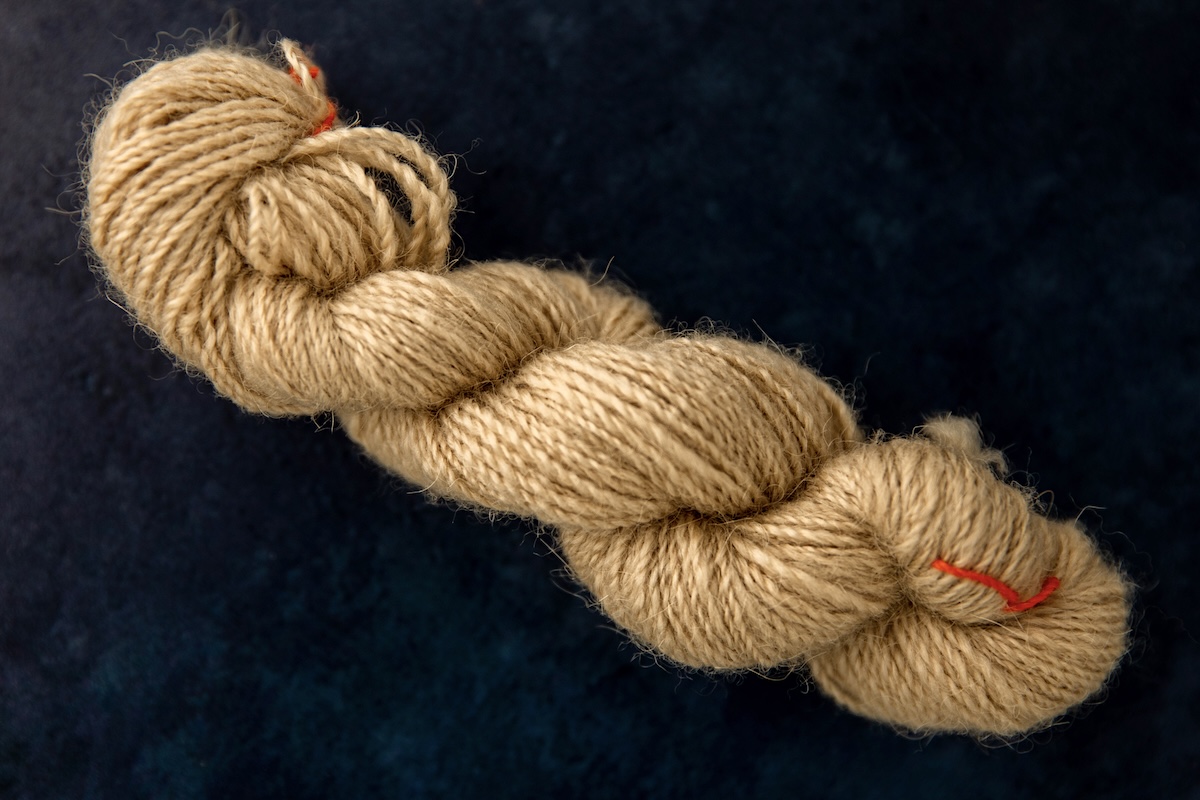
Once the coarse outer hairs are removed, either through carding or combing, the fibre can be blended with other fibres, such as sheep’s wool or silk, to enhance its properties or help ease the spinning experience. Because camel down is so soft, like vicuñas fibre, handle it with gentleness when preparing it to spin. Camel fibre can be spun as fine lace or thicker yarn for outerwear and will create a warm, soft and drapey fabric. As with other camelid fibres, blending it with sheep’s wool will offer some elasticity to the fabric.
I have seen some interesting samples online of 100% camel yarns that were spun from rolags, and if you have access to some camel fibre, I would highly recommend this versus trying to spin from the top or roving. Due to the incredibly short, stapled nature of the downy undercoat, the camel fibres are easier to manage in a small rolag or cotton-style punis. As Huebscher Rhoades comments, ‘practice to achieve a balance between enough twist to hold the yarn together and not so much that the yarn feels wiry’. She also recommends trying a cabled yarn for harder-wearing camel down yarns, which is an interesting and great idea as less of the surface area of the individual singles is exposed to the elements, so to speak, as they are nestled into one another within the 4-ply. This will help to keep the yarn abrasion-resistant and strong without a ton of added singles or ply twist!
Think about creating lightweight, warm garments such as scarves and sweaters. Because of the insulating properties of the camel down, this fibre is ideal for cold-weather climates. Consider these fibres quite luxurious and think about creating something that will highlight the many natural colours camel fibre is available in, including light brown or tan, and ranging to white and dark brown. As with other camelid fibres, it is often left undyed to highlight its natural beauty!
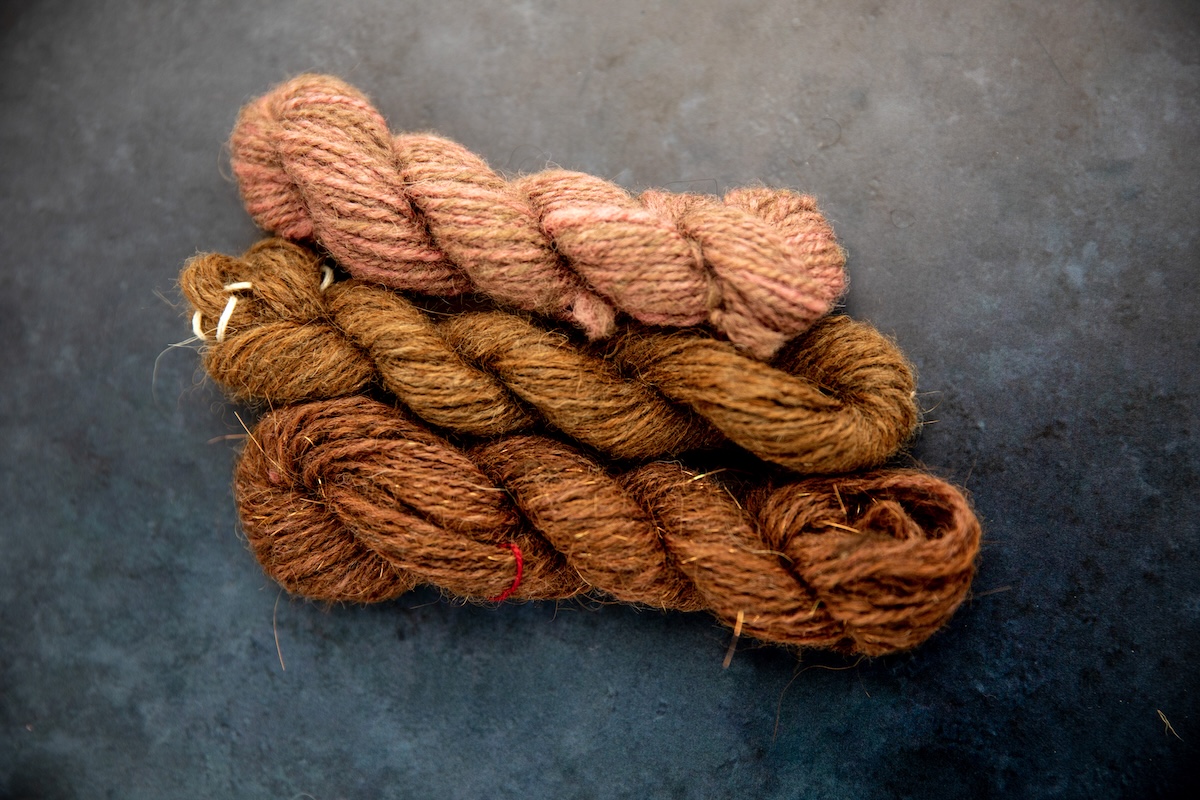
Camelids offer us a lot of variety in our spinning, from the lustrous alpaca fibres to the fine camel down and everything in between. These are interesting fibres, and I encourage you to explore them completely – make it a study. You could spend your entire spinning career just exploring these amazing fibres from these amazing animals!
References & Resources
- Spinning Luxury Fibres: Camelids course, Rachel Smith, 2023 (School of SweetGeorgia)
- Margaret Sampson interview, Wool n’ Spinning Radio, (Episode 11), 2017
- Get to know Exotic Fiber!, Knotty Lady Yarns, 2021
- Know Your Camelid For Spinning, Judy Newland, 2020 (Cloth Roads)
- Fiber Basics: Bactrian Camel, Carol Huebscher Rhoades, 2021 (Spin Off Magazine)
- The Intentional Spinner, Judith MacKenzie McCuin, 2009 (Interweave Press)
- The Fleece and Fiber Source Book, Carol Ekarius, Deborah Robson, 2011 (Storey Publishing)
- The Practical Spinner’s Guide – Rare Luxury Fibers, Judith MacKenzie-McCuin, 2015 (Interweave Press)
Explore more of Rachels’s articles here on SweetGeorgia and her courses at the School of SweetGeorgia!
The post Spinning Camelid Fibres: Alpaca, Llama, Vicuña, Camel, & More! appeared first on SweetGeorgia Yarns.
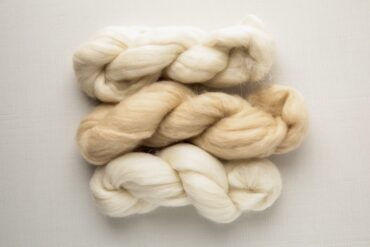
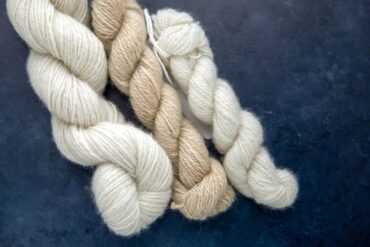
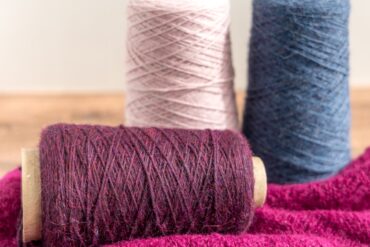
Comments
Post a Comment